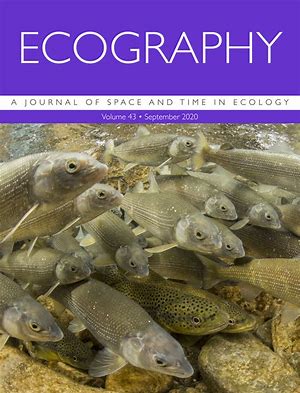Please find all scientific publications of IGB under > scientific publications
For more detailed information please refer to our > library catalogue
31 - 40 of 611 items

March 2025
Fisheries. - XX(2025)XX, XX-XX
Individual outcomes matter in the context of responsible and sustainable catch-and-release practices in recreational fisheries and their management
Steven J. Cooke; Sascha C. Danylchuk; Sean R. Tracey; Robert Arlinghaus; Robert J. Lennox; Jacob W. Brownscombe; Adam Weir; Scott G. Hinch; David A. Patterson; Meaghan L. Guckian; Andy J. Danylchuk
March 2025
Ecography. - XX(2025)XX, Art. e07725
Determinants of species' centrality in spatially-connected plant-frugivore networks
Lucas P. Martins; Daniel B. Stouffer; Carine Emer; Mauro Galetti; Marco Aurélio Pizo; Fernanda Ribeiro da Silva; Jason M. Tylianakis
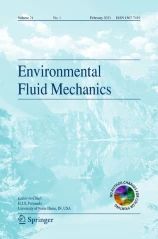
March 2025
Environmental Fluid Mechanics. - 25(2019)16, XX-XX
Three-dimensional modeling of diffusion-gravity flows in ice-covered lakes
Fatemeh Sadat Sharifi; Reinhard Hinkelmann; Tore Hattermann; Georgiy Kirillin
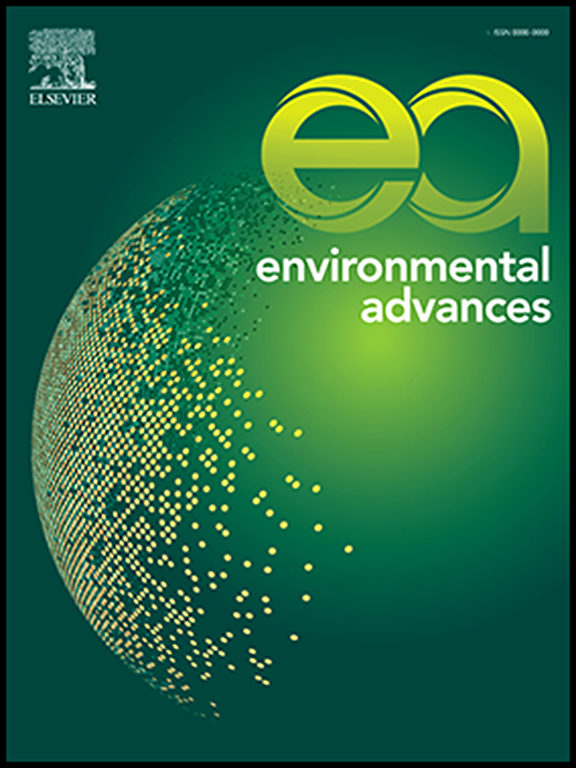
March 2025
Environmental Advances. - 19(2025), Art. 100622
Abiotic reductive dehalogenation of pharmaceuticals with naturally occurring redox mediators
Kerstin Gerundt; Jörg Lewandowski; Anke Putschew
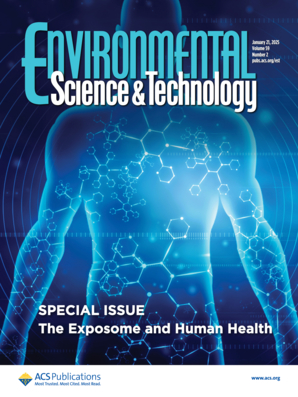
March 2025
Environmental Science & Technology. - XX(2025)X, XX-XX
Importance of Attachment Efficiency in Determining the Fate of PS and PVC Nanoplastic Heteroaggregation with Natural Colloids Using a Multimedia Model
Fazel Abdolahpur Monikh; Joris T. K. Quik; Mark R. Wiesner; Andrea Tapparo; Paolo Pastore; Hans-Peter Grossart; Jarkko Akkanen; Raine Kortet; Jussi V.K. Kukkonen
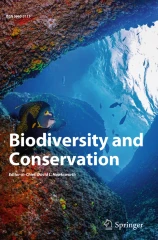
March 2025
Biodiversity and Conservation. - XX(2025)X, XX-XX
Rare fish species in European lakes – patterns and processes
Thomas Mehner; Christine Argillier; Teresa Ferreira; Kerstin Holmgren; Erik Jeppesen; Fiona Kelly; Teet Krause; Mikko Olin; Pietro Volta; Ian J. Winfield; Sandra Brucet
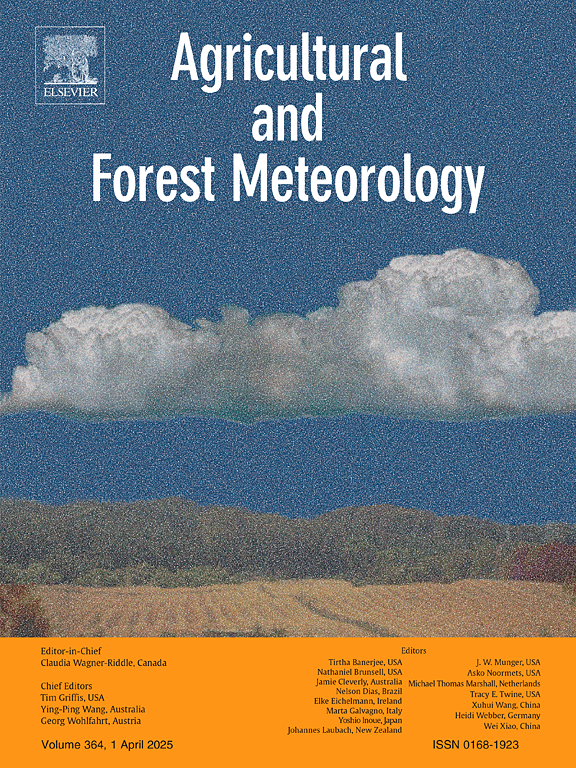
March 2025
Agricultural and Forest Meteorology. - 365(2025), Art. 110467
Does high resolution in situ xylem and atmospheric vapor isotope data help improve modeled estimates of ecohydrological partitioning?
Christian Birkel; Dörthe Tetzlaff; Ann-Marie Ring; Chris Soulsby
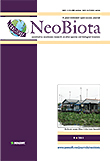
February 2025
NeoBiota. - 97(2025), S. 301-318
Food fight: Gammarus tigrinus demonstrate competitive advantage over native G. duebeni
James W. E. Dickey; Julian W. Zeller; Elizabeta Briski; Jonathan M. Jeschke; Gareth Arnott
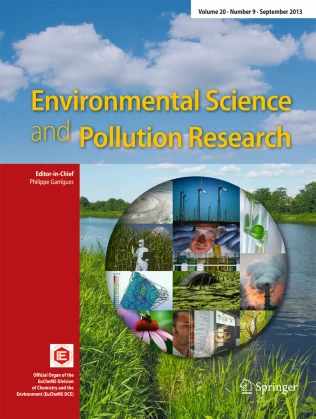
February 2025
Environmental Science and Pollution Research. - XX(2025)X, XX-XX
Spatial distribution of nicotine concentrations in Berlin’s surface waters and their potential sources
Markus Venohr; Christine Beusch; Tobias Goldhammer; Hanh Hong Nguyen; Simone Podschun; Claudia Schmalsch; Christian Wolter
February 2025
Journal of Applied Ecology. - XX(2025)X, XX-XX
The crucial role of ecohydraulic factors in triggering sturgeon reproduction: Implications for active habitat restoration strategies in the Yangtze River
Hao Du; Xuan Ban; Pengcheng Li; Wurong Shih; Panayiotis Diplas; Jinming Wu; Junyi Li; Peilin Cheng; Pengsheng Li; Wencheng Liu; Fengzhi He


